The document “Work at Height Risk Assessment” outlines a comprehensive risk assessment for activities involving working at heights. Key elements include:
Potential Hazards
- Falls from height
- Falling materials
- Electricity hazards
- Manual handling issues
- Adverse weather
- Slips/tripping
Persons at Risk
- Employees
- Subcontractors
- Visitors
Mandatory HSE Requirements
- Safety induction
- Tool box talks
- Proper PPE
- Safe workplace
- Work permit
- Proper tools/equipment
- Proper supervision
- Proper barricade and warning signs
Personal Protective Equipment (PPE) Requirements
- Safety helmet
- Safety boots
- Gloves
- Overalls
- Full body safety harness
Control Measures for Specific Hazards
- Fall of person: Use floor edge permits, edge protection systems, safe work platforms, lifelines, safety harnesses, and ensure proper anchoring points.
- Fall of materials: Secure materials at height, provide toe boards, store materials away from edges, secure tools, and barricade affected areas.
- Collapse/failure of work platforms: Erect and inspect platforms by qualified personnel, ensure certification of powered platforms.
- Inadequate rescue facility: Develop and address rescue plans, ensure availability of rescue equipment and never leave workers alone.
- Adverse weather: Monitor conditions, stop work if unsafe, and use appropriate PPE.
- Inadequate lighting: Ensure adequate lighting, use portable lights, conduct work during daylight when possible.
- Fatigue: Implement regular breaks, rotate tasks, provide hydration and rest facilities.
- Electrical hazards: Assess for power lines, use warning signs, ensure insulation and grounding of electrical equipment.
- Manual handling injuries: Use mechanical aids, provide training, encourage team lifting, ensure accessibility of tools.
- Inadequate fall protection: Inspect and maintain fall protection systems, install guardrails and safety nets, train workers in fall protection equipment.
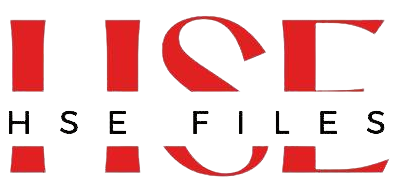
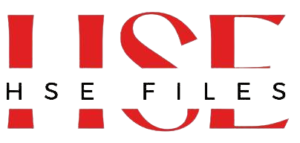

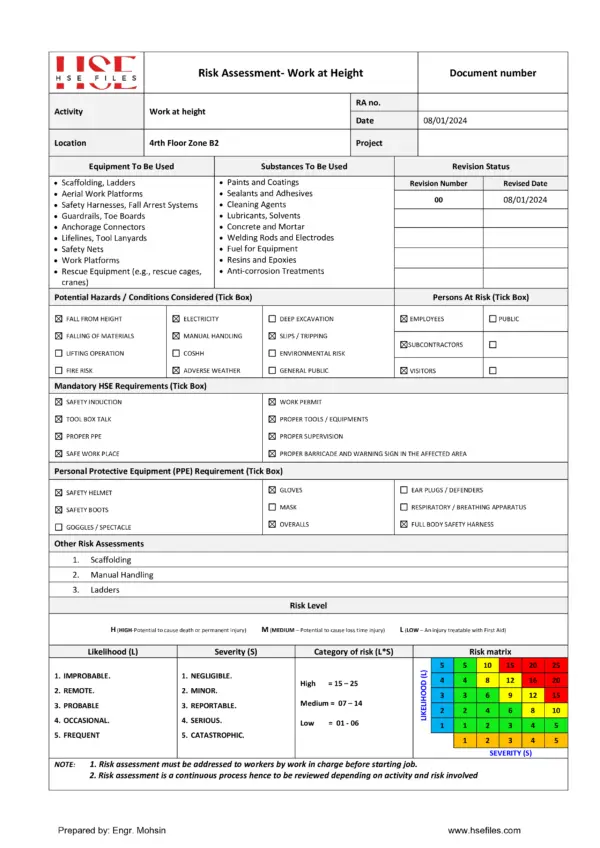



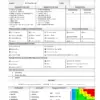


 Work at height Risk Assessment: The attached document is a powerful tool for identifying and mitigating risks associated with work at height activites. It’s more than just a form—it’s a proactive step toward safety excellence.
Work at height Risk Assessment: The attached document is a powerful tool for identifying and mitigating risks associated with work at height activites. It’s more than just a form—it’s a proactive step toward safety excellence.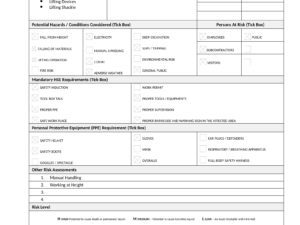

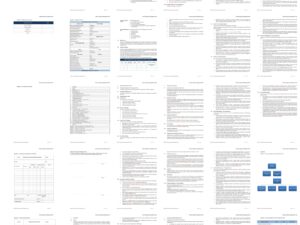
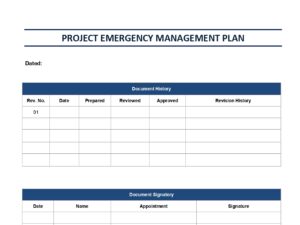
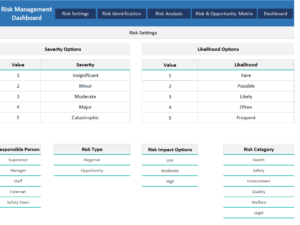
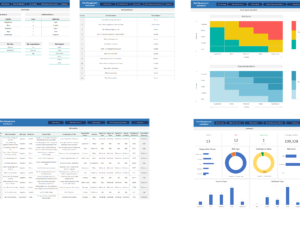
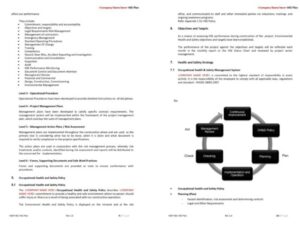
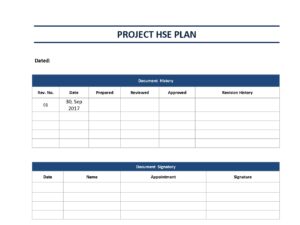
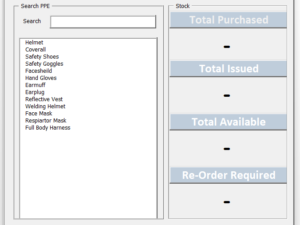
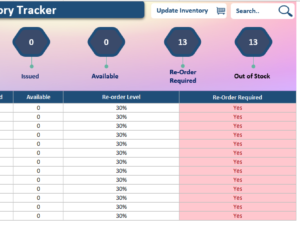
Reviews
There are no reviews yet.